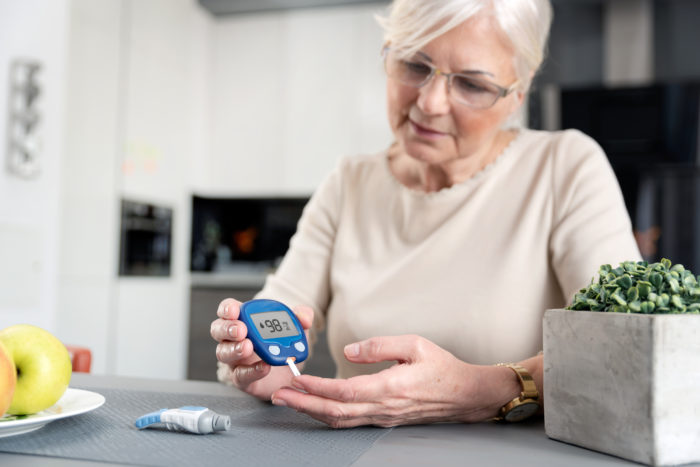Empowering Diabetes Patients Beyond the Pandemic
July 28, 2020
By Mary Korytkowski, MD
Lately, my diabetes patients have been asking questions with no easy answers.

Should they return to work despite COVID-19 risks? Can they send their children to school without compromising their own health? Their choices hinge largely on personal risk tolerance. I can’t give patients a yes-or-no response, but I can talk them through the issue.
What I can tell them unequivocally, however, is that managing their diabetes is as important as ever. While people with diabetes are not more likely to catch the coronavirus, they may struggle more than others if they do. In our hospital, about 20-35% of patients infected with COVID-19 also have diabetes. Those who arrive with their A1C level in a well-controlled range fare better than those with uncontrolled diabetes.
Luckily, certain policy changes are helping people with diabetes continue to receive care and manage their disease.
First and foremost, insurance coverage for telemedicine has made remote doctor visits a lifeline for many patients. Through secure video calls, I can talk with my patients about how they’re feeling and what’s happening with their blood sugars. We can add something to their regimen, or take something away, depending on their experience. Some patients have blood pressure cuffs at home and can even take their blood pressure to help inform our conversation.
Telemedicine capabilities have been useful for patients who aren’t comfortable making in-person visits during COVID-19, including those who live some distance away in Ohio and West Virginia. Virtual visits also help us fulfill certain Medicare requirements. For example, Medicare says high-risk patients with insulin pumps and glucose sensors must see their health care provider at least once every three months. A virtual visit fulfills that requirement during the pandemic.
Another policy advance is that Medicare has relaxed rules about using continuous glucose monitors. These are sensors that measure a patient’s glucose at regular intervals throughout the day. During the pandemic, health care providers can get appropriate patients on glucose sensors even without in-person visits and clinical criteria such as lab tests, which are required under normal circumstances.
Improved access to continuous glucose monitors has a number of benefits for patients. First, it reduces their stress levels. They see regularly what their blood sugars are through the course of the day. Some monitors provide an alarm to alert patients when blood sugars get abnormally high or low. Some even pair with insulin pumps to automatically adjust the patient’s insulin delivery as needed throughout the day.
As an added benefit, the data collected by the continuous glucose monitor provides a virtual diary for the patient’s health care provider. These details are invaluable as we work to gauge patients’ levels of glycemic control and advise them on next steps.
Some endocrinologists foresee continuous glucose monitoring becoming standard of care. The flexibility provided by Medicare during the pandemic could take us another step toward achieving that vision.
Having virtual access to their health care provider and, for some people, easier access to glucose monitors can offer peace of mind for patients during an otherwise stressful and uncertain time. I am hopeful that policymakers extend these policies beyond the pandemic. While COVID-19 infection rates may rise and fall, the need to empower people to manage their diabetes will remain constant.

Mary Korytkowski, MD, is an endocrinologist at the University of Pittsburgh and a member of the Endocrine Society, a member organization of the Biologics Prescribers Collaborative.
Tags: Biologics, DiabetesCategorized in: Blog

